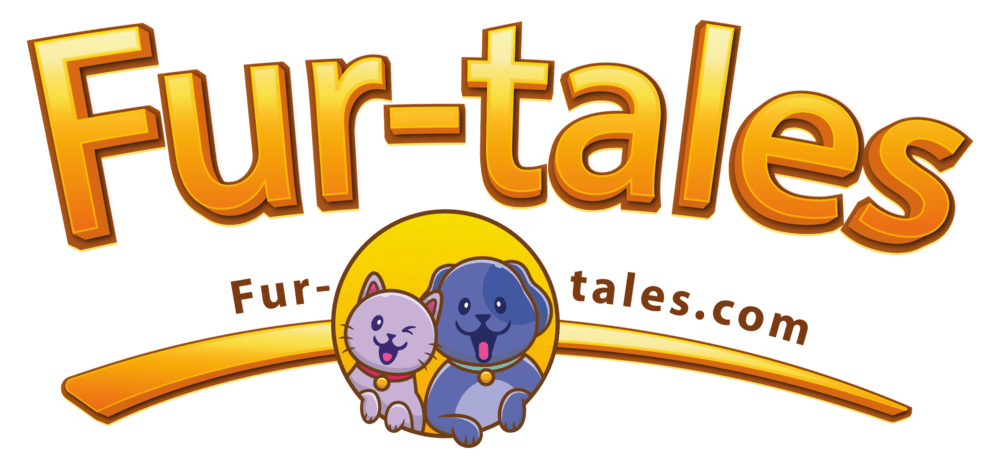
The Most Dangerous Household Items for Pets
Our homes may seem safe, but everyday household items can pose serious risks to our furry friends. Many common objects, from cleaning products to small toys, can be hazardous if ingested or mishandled by curious cats and dogs. Being aware of these dangers can help prevent accidents and keep your pet safe.
Here are some of the most dangerous household items for pets and how to protect them from potential harm.
1. Toxic Foods
Many foods that are safe for humans can be extremely dangerous for pets. Some of the most toxic include:
- Chocolate – Contains theobromine, which is toxic to dogs and cats.
- Grapes and Raisins – Can cause kidney failure in dogs.
- Onions and Garlic – Damage red blood cells, leading to anemia.
- Xylitol (Artificial Sweetener) – Found in sugar-free gum and candies; can cause liver failure and hypoglycemia in dogs.
- Alcohol and Caffeine – Both can be fatal, causing heart issues and neurological damage.
How to Protect Your Pet:
- Keep food out of reach and securely stored.
- Educate family members about toxic foods.
- Dispose of food waste in pet-proof trash cans.
2. Household Cleaning Products
Many household cleaners contain harsh chemicals that can be dangerous if ingested or inhaled by pets. Common culprits include:
- Bleach – Can cause vomiting, diarrhea, and respiratory issues.
- Ammonia-based cleaners – Irritate the eyes and throat.
- Laundry detergent and dryer sheets – Toxic if licked or chewed.
- Essential oils – Some, like tea tree oil, are highly toxic to pets, especially cats.
How to Protect Your Pet:
- Store all cleaning products in locked cabinets.
- Use pet-safe, natural cleaners when possible.
- Keep pets out of rooms while cleaning and allow surfaces to dry before letting them in.
3. Medications and Supplements
Many human medications can be deadly to pets, even in small doses. The most dangerous include:
- Pain relievers (Ibuprofen, Acetaminophen) – Cause kidney or liver failure.
- Antidepressants – Can lead to severe neurological and heart issues.
- Vitamins (especially iron and vitamin D) – Highly toxic when consumed in excess.
- Prescription drugs – Even a single pill can be fatal.
How to Protect Your Pet:
- Keep all medications in a secure location.
- Never give human medicine to pets without veterinary guidance.
- If a pet ingests medication, seek emergency care immediately.
4. Electrical Cords and Batteries
Chewing on electrical cords can lead to electrocution, burns, and fires. Batteries, if swallowed, can cause severe internal damage due to toxic chemicals.
How to Protect Your Pet:
- Use cord protectors or hide wires behind furniture.
- Provide chew toys to deter destructive chewing.
- Keep loose batteries and electronic devices out of reach.
5. Small Objects and Toys
Items like buttons, coins, rubber bands, and children’s toys pose choking hazards and can cause intestinal blockages if swallowed.
How to Protect Your Pet:
- Regularly check floors for small objects.
- Choose pet-friendly toys that are too large to be swallowed.
- Monitor playtime to prevent accidental ingestion.
6. Poisonous Plants
Many common houseplants can be toxic to pets if chewed or ingested. The most dangerous include:
- Lilies – Extremely toxic to cats, causing kidney failure.
- Aloe Vera – Can cause vomiting and diarrhea.
- Pothos (Devil’s Ivy) – Irritates the mouth and throat.
- Sago Palm – Can cause liver failure in dogs.
How to Protect Your Pet:
- Keep toxic plants out of reach or choose pet-safe alternatives.
- If you suspect your pet has eaten a plant, contact a vet immediately.
